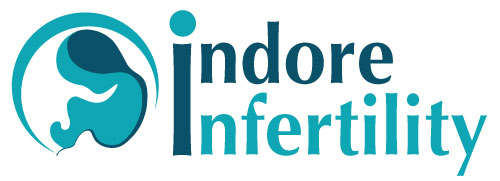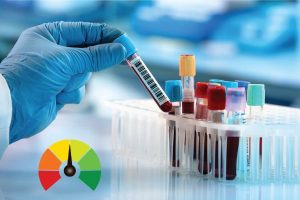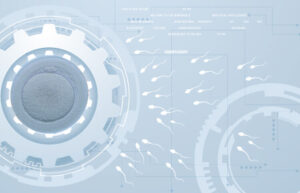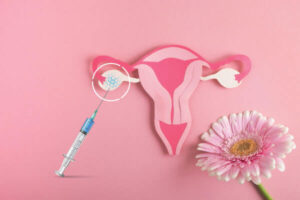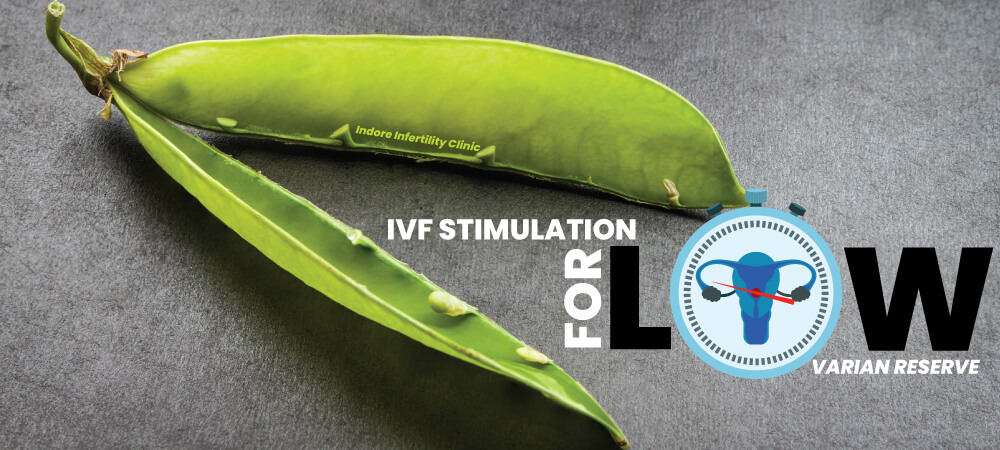
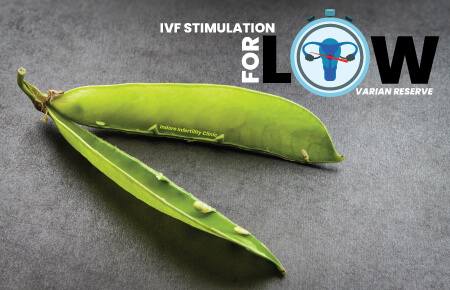
What is low ovarian reserve?
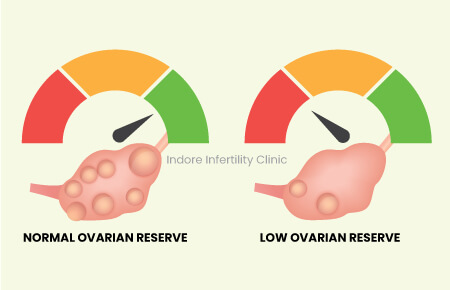
Is low ovarian reserve same as POI or primary ovarian insufficiency?
- Elevated-but-not-menopausal level basal follicle-stimulating hormone [FSH] levels
- Low anti-mullerian hormone [AMH]
- Low antral follicle count [AFC] – as seen by ultrasonogram
- A failed clomiphene citrate challenge test – not responding well to clomiphene citrate (a drug used for ovarian simulations) among women who are still having regular periods.
Is there any difference in IVF protocol for patients with low ovarian reserve?
- GnRH analogues
- Androgens
- Growth hormone co-treatment
- Natural cycle or modified natural cycle
- High dose gonadotropins
- Glucocorticoids
- Coenzyme Q10 supplementation
- Autologous Platelet-Rich Plasma – Ovarian Rejuvenation
- Combination of the above
Is there any role of naturopathy or alternative medicine in improving ovarian stimulation response in low ovarian reserve patients?
Some studies have shown that acupuncture and holistic medicines have shown optimistic results when it comes to low ovarian reserve patients.
What does the term poor responder mean?
- When a woman is 40 years of age or older.
- When a woman has experienced a previous IVF cycle cancellation due to an insufficient number of expected follicles.
- An abnormal result on an ovarian reserve test (as described above).
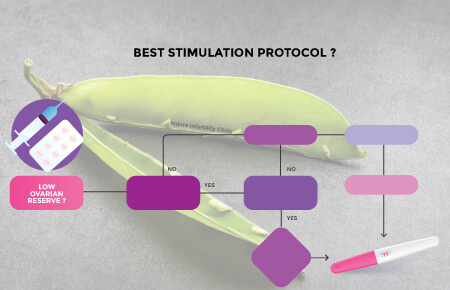
What is the best IVF protocol for low ovarian reserve or diminished ovarian reserve?
Are there any fertility clinics that specialize in treatment for women with low ovarian reserve?
Seeking fertility treatment at fertility clinics with a proven track record in assisting women with poor ovarian reserve is crucial. The greater the experience of the IVF centre in dealing with patients with low ovarian reserve, the more favourable the expected outcomes. Patients with low ovarian reserve usually do not have too much time on their hands to try out different options, hence it becomes imperative that they take an informed decision to undergo the IVF cycle with the most suited IVF Protocol so that the IVF result is not compromised.
What is the best IVF stimulation protocol for women with low ovarian reserve?
A variety of options exist for improving the oocyte yield or in simpler words, the number of eggs retrieved during an IVF cycle. Some of the options include nutritional supplements started before the actual IVF stimulation and using a mild stimulation protocol (using a lower dose of hormones) for stimulating the ovaries. It is important to choose the right stimulation protocol based on the person’s ovarian reserve, age and other health parameters.
What is the typical IVF success rates for women with low AMH or low ovarian reserve?
Is there any benefit in starting any oral supplement in patients with poor ovarian reserve ?
Maintaining a healthy lifestyle during infertility treatment is crucial, which includes a balanced and nutritious diet, regular exercise, good sleep and abstaining from addictive substances. Additionally, incorporating proven oral supplements can enhance the treatment’s effectiveness. These may include:
- DHEA
- Coenzyme Q10
- Evening primrose oil
- Inositol
- Vitamin D
Does ovarian rejuvenation therapy help patients with poor ovarian reserve?
Ovarian rejuvenation therapy is a newer technique of reviving the ovarian function to improve the number of eggs retrieved in women with low ovarian reserve. It has shown promising results, but it is still in experimental phase. For more information on ovarian rejuvenation, do check out our blog about it.
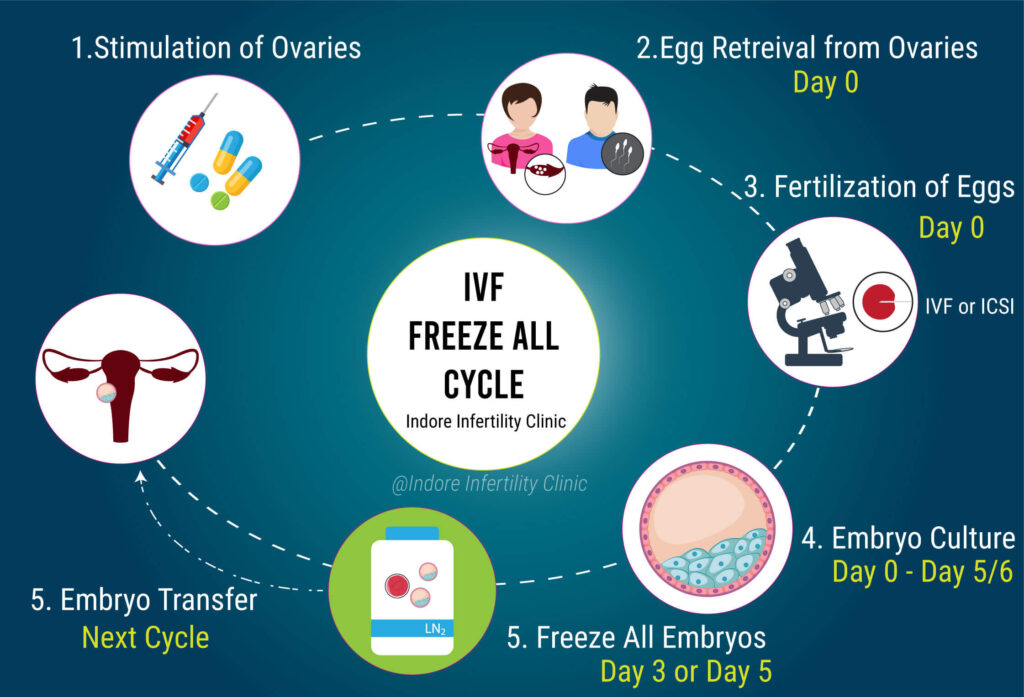
Is there any perfect embryo transfer strategy for patients with low ovarian reserve?
Freeze All strategy of embryo transfer, where all embryos created during the IVF cycle are stored and transferred after the current IVF cycle has ended, has shown good results in low ovarian reserve patients. In other words, the embryos are not transferred to the uterus in the same cycle during which eggs are harvested by OPU. The embryos are frozen and can be transferred during subsequent cycle depending on patient comfort.
What is embryo pooling?
- Better embryo selection: It allows for the selection of the best embryos from different cycles for transfer.
- Reducing the cost and stress of repeated embryo transfer: Since Embryo Pooling involves saving embryos from multiple cycle and then transferring the best of the lot, it involves lesser attempts of embryo transfer reducing the emotional stress of having to go through multiple failures.
- Planning for second baby : Patients with diminished ovarian reserve may wish to safeguard their future chances of pregnancy after the current one by undergoing ovarian stimulation while they are still young and then transfer the embryos when they plan for their second baby.
How does embryo pooling help in case of low ovarian reserve woman?
Women with low ovarian reserve mostly belong to higher age group and as we know age impacts the quality of the eggs and the resulting embryo. By pooling embryos we make sure that we collect the best embryos from multiple IVF cycles and only transfer the best of the available embryos during an embryo transfer. This increases the chances of pregnancy.
Is there any benefit in using mild IVF stimulation protocol compared to conventional stimulation protocol for patients with low ovarian reserve?
Yes, mild stimulation protocol is preferred in low ovarian reserve patients. Various studies have compared mild stimulation versus conventional or high dose stimulation and now many IVF specialists favour mild stimulation over conventional stimulation protocols.
